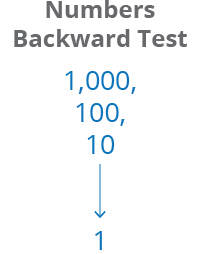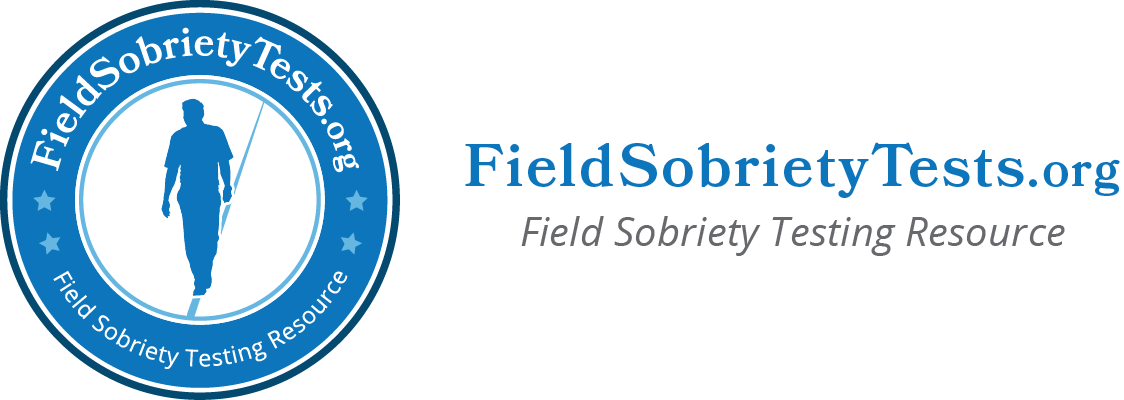Numbers Backward Test
Driving requires a number of cognitive and physical functions. To determine if these functions are impaired by alcohol and/or drugs, the police may administer a field sobriety test, such as the numbers backwards test.
Numbers Backward Test Procedure
The numbers backward test is exactly as it sounds—the officer will ask you to count backwards from one number to another. Some officers may ask you to count from 1 to 10 and backwards, while others may ask you to start at 100 or 1,000.
While you count backwards, the police officer will look for several signs that could indicate impairment. These include starting or stopping the test too soon, counting incorrectly and having problems following directions. Exhibiting one or more of these signs could result in a DUI arrest.
Problems with the Counting Backwards Test
There are only three tests that have been standardized by the National Highway Traffic Safety Administration (NHTSA): the horizontal gaze nystagmus, walk and turn and one-leg stand. These tests have established guidelines, which must be followed by every police department, and have been studied to determine their reliability. The numbers backward test, however, has not undergone the same rigorous scrutiny. As a result, its reliability can be called into question.
There are also a number of factors that could impair an individual's ability to count backwards. Non-native English speakers, those with cognitive problems or even those who are nervous about being pulled over can have a problem successfully completed the numbers backward test.

